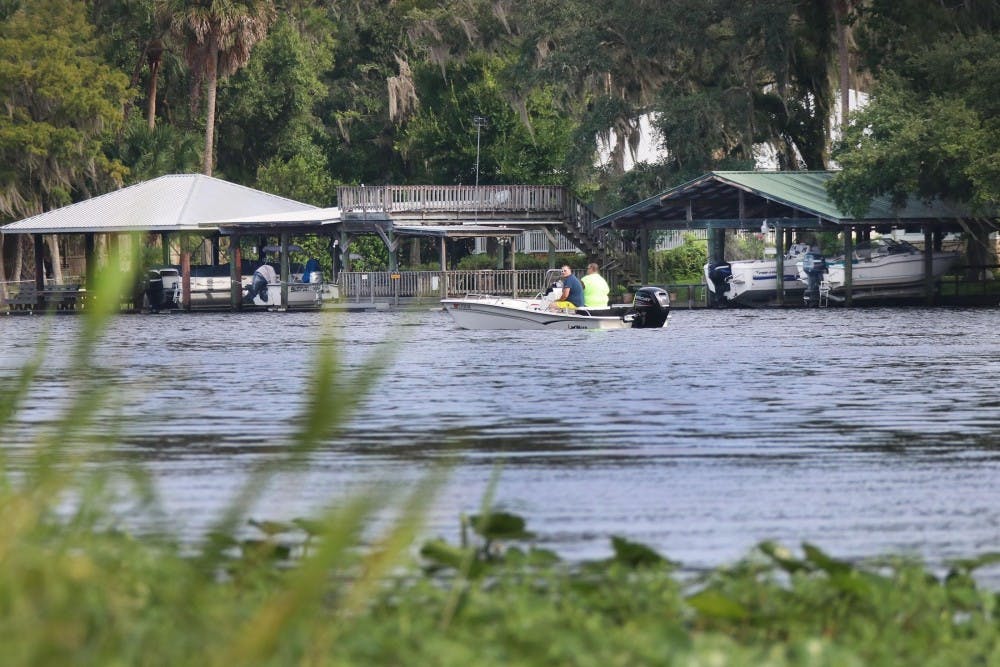By Mark Price
The Charlotte Observer
CHARLOTTE, N.C. — Hurricane Dorian began pounding South Carolina overnight with increasing winds and rain, proving experts wrong after days of forecasts predicting the storm would slowly weaken as it reached the Outer Banks off North Carolina.
About 200,000 people were without power from Hilton Head to Charleston, South Carolina, Thursday morning. Dozens of roads were flooded, and watches and warnings for tornadoes, flash floods and storm surge were growing north of Myrtle Beach into North Carolina.
A video tweeted by Live5News reporter Paola Tristan Arruda at 1:15 a.m. showed Charleston's famous North Market Street had become a river through the historic downtown, as emergency lights flickered on buildings.
Tornadoes began to form on the northern edge of the storm just after dawn, including two reported in Horry County near Myrtle Beach, South Carolina, according to the Myrtle Beach Sun News.
In North Carolina, a funnel cloud linked to Dorian was recorded on video about 7 a.m. in Pender County, near Pender County Fire Station 18 on N.C. 17, according to the National Weather Service in Wilmington.
A daytime curfew was put in place starting at noon Thursday in the town of Southport, North Carolina, "until further notice," according to the coastal Brunswick County Sheriff's Office. The county borders South Carolina.
Heavy winds damaged multiple homes in Brunswick County's The Farm community early Thursday, ripping off roofs and sending debris flying, the sheriff's office said in a Facebook post.
"Conditions are deteriorating and with confirmed tornadoes in the area, it is simply not safe to be out," the post warned.
Coastal communities in South Carolina are expected to get 6 to 12 inches of rain Thursday, with isolated areas of 15 inches, according to the National Hurricane Center.
In North Carolina, predictions of rainfall in excess of 10 inches continued to grow Thursday, with nearly all coastal counties expected to get 10 to 15 inches of rain, according to the National Hurricane Center.
Dorian's winds were 115 mph at 5 a.m. Thursday, 10 mph faster than a day earlier, and it was moving north at 8 mph so close to the coast that forecasters say landfall could happen at any time.
The center of the storm was 85 miles southeast of Charleston at 5 a.m. Thursday, with thunderstorms and strong winds coming ashore and moving to the west. A NOAA buoy about 45 miles southeast of Charleston reported a sustained wind of 71 mph with a gust to 83 mph around 9 a.m., said the National Hurricane Center.
Wind gusts of 68 mph were reported at Charleston International, and 69 mph gusts were recorded on Dewees Island, reported the Charleston Post & Courier.
Charleston had more than 50 road closures early Thursday, many due to flooding and others due to high winds bringing down trees and powerlines, according to the city's website.
South Carolina coastal towns just south of Myrtle Beach were seeing sustained winds at tropical storm strength — 50 mph — before dawn Thursday and gusts of nearly 60 mph.
The National Weather Service in Myrtle Beach reported gusts as high as 58 mph overnight and up to 2 inches of rain. An additional 8 inches of rain were expected for the city through the night, prompting flash flood watches until Friday morning.
In North Carolina, mandatory evacuations were in place for barrier islands. Coastal counties near the bays, coastal rivers and sounds also called for residents to evacuate near the coast.
Dorian is expected to bring deadly storm surge, flooding and tornadoes to the coast through the day Thursday as it heads toward the Outer Banks.
Forecasters have not predicted a potential area of landfall on the Carolinas, but suggest it could cross onto land at any point.
"The center of Dorian will continue to move close to the coast of South Carolina through the day, and then move near or over the coast of North Carolina tonight and Friday," the National Hurricane Center said at 5 a.m. Thursday.
Coastal flooding was expected to reach 4 to 8 feet above normal levels from the Savannah River in South Carolina north to Cape Lookout on the Outer Banks, the National Hurricane Center said.
"The surge will be accompanied by large and destructive waves. Surge-related flooding depends on the how close the center of Dorian comes to the coast, and can vary greatly over short distances."
North Carolina's state medical examiner reported the state's first Dorian-related death occurred Monday, when an 85-year-old Columbus County man "fell off a ladder while preparing his house for the storm."
At least three of the 20-plus deaths attributed to the storm have involved men falling off ladders as they prepared for the storm or tried to remove trees, according to The Weather Channel. Most of the deaths occurred in the Bahamas.



